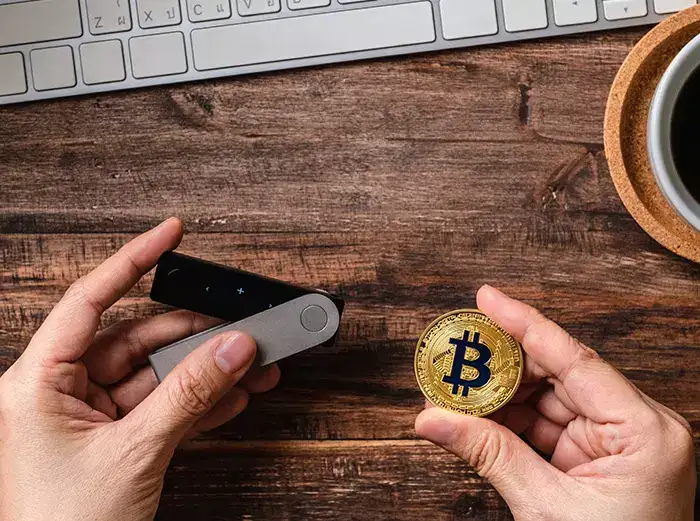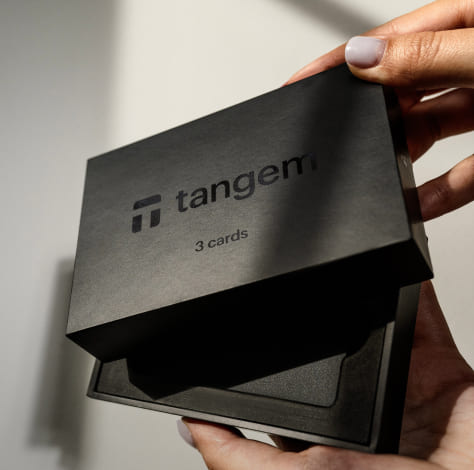Just when you least expect it, your hardware wallet may fail, leaving you anxious about your digital assets. Understanding the emergency recovery procedures can save you from potential losses. This post will guide you through important steps, including locating your recovery seed phrase and safely restoring your wallet, ensuring your funds remain secure despite unexpected hardware issues.
Understanding Hardware Wallets
Before discussing recovery procedures, it is important to understand what a hardware wallet is. These specialized devices securely store private keys used for cryptocurrency transactions, providing an additional layer of security compared to software wallets. They are designed to keep your digital assets safe from hacking and malware by storing the keys offline.
What is a Hardware Wallet?
To put it simply, a hardware wallet is a physical device that manages your cryptocurrencies in a way that minimizes exposure to online threats. Unlike software wallets that might reside on your computer or mobile device, hardware wallets store your private keys offline. This offline capability makes them less vulnerable to cyberattacks, providing users with a safe option for managing their digital currencies.
Common Issues Leading to Failure
Below are some frequent problems that users may encounter with hardware wallets, leading to potential failure. These issues can range from physical damage, such as water or impact damage, to software malfunctions due to outdated firmware. In many cases, user error, like losing the recovery phrase or entering the wrong PIN multiple times, can also result in access issues.
Wallets can face various challenges that hinder their functionality, leading to loss of access to your assets. Hardware issues may stem from the device’s age, resulting in degraded performance over time. Additionally, improper handling or neglect can expose them to risks such as physical damage or corruption of stored data. To safeguard against these potential failures, it is important to keep the recovery phrase secure and perform regular device updates.
Diagnosis of the Issue
The first step in diagnosing a malfunctioning hardware wallet is to identify whether the problem is caused by physical damage or software issues. Checking for visible signs of wear, such as cracks, moisture, or warping, can help ascertain the damage level. It’s crucial to ensure that the device is not exposed to extreme temperatures or liquids, as these can severely impact functionality. Additionally, if the device emits unusual sounds or smells, it is advisable to cease all usage to prevent further damage.
Physical Inspection
One should conduct a thorough visual examination of the hardware wallet. Inspect the screen for any signs of malfunction, such as flickering or blackouts. Check all ports and connectors for dust, debris, or corrosion, as these can hinder connection and charging capabilities. If the device has removable components, such as batteries or cards, ensure they are properly seated and functional.
Software Troubleshooting
Above all, performing software troubleshooting is crucial when the hardware seems intact. Start by ensuring that the wallet’s firmware is up to date and reloading any necessary applications. Restart the device to see if issues persist. If available, connect the wallet to different computers or use alternative USB cables to rule out issues related to connectivity.
It’s significant to note that outdated software can lead to performance issues, potentially putting your assets at risk. Backup recovery phrases must be kept safe and secure, as accessing your funds may require them. Taking these precautions can save you from catastrophic loss and facilitate a smoother recovery process if the wallet can be restored or replaced.
Immediate Recovery Options
Any hardware wallet can encounter issues that may seem catastrophic, but various immediate recovery options exist to regain access to your assets. First, disconnect the device from its power source and let it sit for a few minutes before attempting to power it back on. This simple step can sometimes resolve temporary glitches. If the device fails to respond, explore alternative options to connect your hardware wallet to a new device.
Additionally, consider backing up the wallet’s recovery phrase. It serves as a vital access point to your cryptocurrency, allowing you to restore your wallet on another compatible platform if needed. Having this backup ensures you are never locked out of your assets, even if your hardware wallet is inoperable.
Connecting to Different Devices
With a malfunctioning hardware wallet, trying to connect to different devices can be an effective troubleshooting step. Plugging it into a different computer or mobile device may re-establish a connection if the issue stems from the initial device rather than the wallet itself. Ensure that any software required for the wallet is correctly installed on the new device to facilitate the connection.
If you have access to another compatible cable or USB port, swapping these out can also help. Hardware wallets can sometimes fail due to connection issues rather than internal malfunctions. Once connected, check if the device is recognized by the new host, which can provide insight into whether a replacement or repair is necessary.
Checking for Firmware Updates
Firmware updates can resolve numerous hardware issues that may be affecting your wallet’s performance. It is necessary to connect your wallet to the manufacturer’s official software to check for any available updates. Outdated firmware can lead to malfunctions and may expose your wallet to various vulnerabilities.
Indeed, keeping your hardware wallet firmware up to date is vital for maintaining secure access. Neglecting to update can leave the device susceptible to security threats, leading to potential asset loss. Regularly checking for updates ensures that your wallet operates smoothly and takes advantage of the latest security improvements, making your funds safer. Always obtain updates directly from the manufacturer to avoid unauthorized access that could compromise your wallet.
Advanced Recovery Methods
After your hardware wallet dies, it’s necessary to explore advanced recovery methods to regain access to your digital assets. Depending on the situation, some options may require technical expertise, while others may be accessible to anyone. Consider the following steps:
- Utilize recovery seeds
- Seek out professional data recovery services
- Engage with manufacturer support
| Method | Description |
|---|---|
| Recovery Seeds | Use the recovery seed phrase generated during wallet setup to restore your wallet on a new device. |
| Data Recovery Services | Professionals can often recover data from damaged hardware wallets, but services can be expensive. |
| Customer Support | Contact the wallet manufacturer for troubleshooting advice or replacement options. |
Using Recovery Seeds
With recovery seeds, you can quickly restore your wallet to a new device, assuming you documented your seed phrase securely. This method is straightforward and effective, allowing you to regain access to your funds without needing the original hardware.
With the right wallet software, simply input your recovery seed, and your digital assets will become accessible again. Ensure you’re using a reputable wallet interface to avoid any phishing or malicious scams when restoring your wallet.
Contacting Customer Support
With many manufacturers, reaching out for customer support can provide valuable guidance specific to your hardware wallet. They may assist in troubleshooting or might offer warranty services depending on the warranty status of your device.
And if technical issues prevent recovery, customer support may recommend sending the device for inspection. Be cautious, as providing sensitive information can be risky; always verify you’re communicating with legitimate support to avoid scams.
Preventive Measures
Your hardware wallet is a vital tool for securing your cryptocurrency. Implementing preventive measures can significantly enhance its longevity and reliability, ensuring that you won’t face devastating losses in case of hardware failure.
Regular Backups
Behind every successful recovery strategy lies a well-maintained backup. Regularly backing up your wallet’s seed phrase and private keys ensures that you have access to your assets even if your device becomes unusable. Schedule backups to coincide with significant changes in your wallet configuration or after receiving substantial amounts of cryptocurrency.
Safe Storage Practices
Beside backups, the physical security of your hardware wallet cannot be overstated. Ensure that your wallet is stored in a safe, dry environment, away from extreme temperatures and humidity. Additionally, consider using a fireproof and waterproof safe to further protect your device from physical damage.
In fact, implementing multi-layered security measures, such as storing your backup in a different location from your wallet, will minimize the risk of loss due to theft, fire, or flood. Ensure that anyone with access to your environment understands the importance of maintaining the privacy of your seed phrase, as exposure can lead to unauthorized access to your funds. By practicing safe storage habits, you are safeguarding your digital assets against a wide range of potential threats.
To wrap up
Ultimately, having a robust emergency recovery plan for your hardware wallet is crucial to safeguard your digital assets against unexpected failures. Familiarizing yourself with the recovery options, such as restoring from a backup seed phrase, can significantly mitigate the risks associated with hardware malfunctions. Ensuring that your backup is secure and easily accessible will enhance your chances of recovering your funds effectively.
Additionally, staying informed about best practices and updates related to your specific hardware wallet can further strengthen your recovery strategy. Regularly checking the manufacturer’s guidelines and tips can aid in preventing potential issues before they arise, providing peace of mind and security in managing your cryptocurrency holdings.







